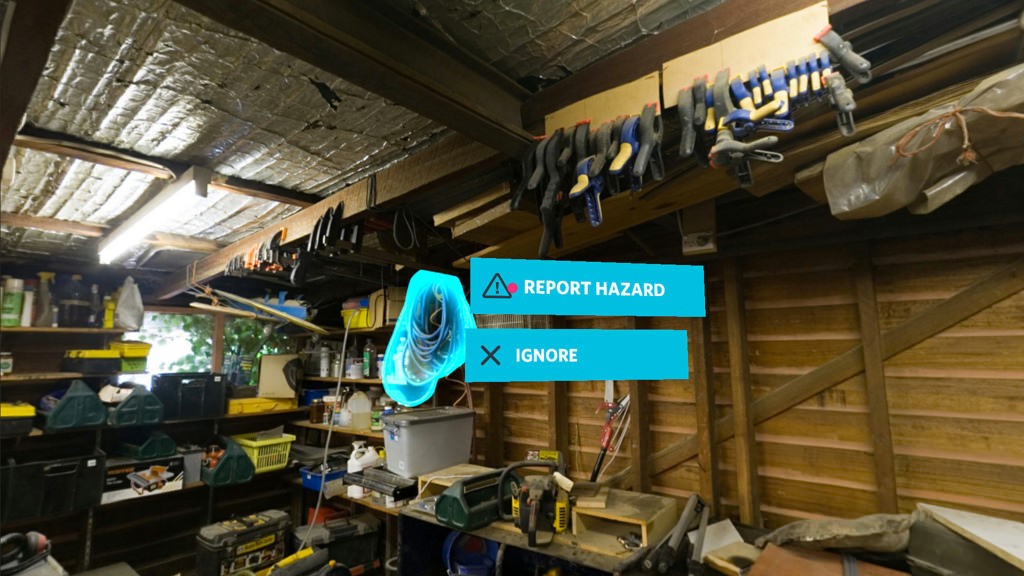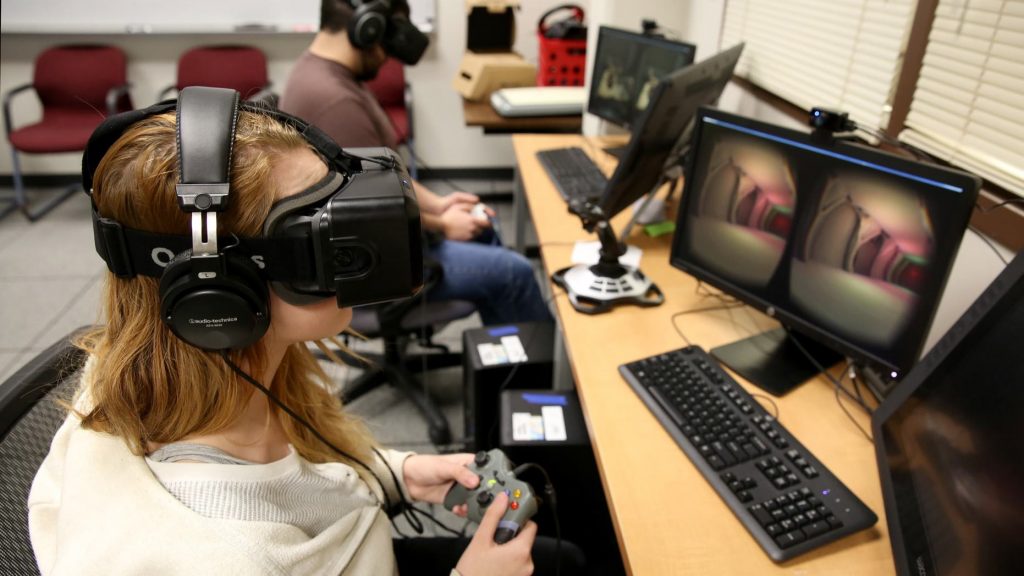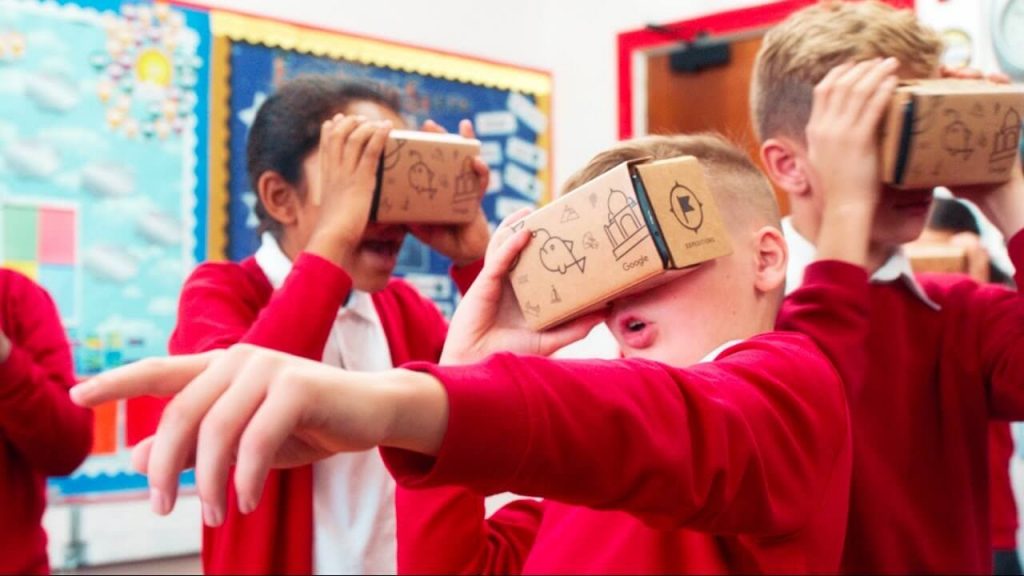Immersive technology allows for on-the-job training without downtime for the company or danger to the employee and co-workers. As critical as it is to business success, job training can be costly regarding production and manpower, and some scenarios are impossible to replicate without immersive virtual reality.
Depending on the job and industry, it can take a new employee months to become proficient at their duties. This delay may result not simply from the time it takes to mentally learn or memorize their tasks, but also from becoming comfortable performing them. The immersiveness of VR training can help employees become more comfortable and confident in performing their basic duties before they’ve even set foot on the job.
Applicable areas for immersive on-the-job training
VR can be used for all kinds of scenarios. For retail and food service workers, this might involve dealing with a spill, serving a difficult customer, or even simply navigating a crowded store or dining area. Simulations can employ not just VR but also natural language processing and AI to create more lifelike situations than the sometimes stilted role-playing exercises many companies commonly use in hands-on training. The goal of Virtual Reality-enhanced training is to create realistic workplace experiences and allow employees to take risks while working in demanding environments.
How’s Honeywell using VR for on-the-job training
Businesses such as Honeywell are combining virtual reality and augmented reality to deliver hybrid instruction designed to increase the working knowledge at a single operations plant.
Honeywell has designed a completely connected plant by introducing Intelligent Wearables for use in industrial plants. The wearables are outfitted with safety monitoring devices and alerts. They also serve as a virtual library of documents, including videos and narratives, that a worker may need access to in the course of performing job duties.
The intelligent wearables also allow for communication between the worker in the field and office support. There’s no downtime searching for information or getting in contact with subject-matter experts who can resolve small issues before they become large enough to stop production.
Combining experiential learning with business data not only enhances instruction but also expands employee knowledge. Employees analyze authentic data during their simulated experiences. They also are able to collaborate with their co-workers and trainers during the simulation for improved communication.
Give trainees actionable, data-driven feedback
Another advantage of VR is its ability to collect amounts and kinds of data that human supervisors never could and turn that data into actionable feedback for trainees. By bringing big data practices to employee training, such systems aim to provide trainees and employers with feedback and measurable progress reports to help trainees identify and address specific areas for improvement.
A team from the University of Virginia is using VR to help new teachers develop classroom management skills. The system provides instant feedback and encourages teachers to try different strategies.
On-the-job training for contingencies
Companies in a wide variety of industries have an interest in training their employees to respond quickly and effectively during an emergency, but these turn out to be some of the hardest scenarios to recreate and train for. Take a common example: fire drills. It’s easy enough to get everyone in a school or office to line up and orderly exit the building (though many teachers might disagree), but how well do these drills really prepare everyone for an actual emergency?
Virtual reality may be ideal for recreating stressful or hard-to-simulate scenarios. For example, Walmart has begun using Oculus headsets to train new managers in how to manage a chaotic Black Friday rush. Other companies have focused on simulations that recreate hazardous, stressful, and unsafe situations, the idea being that employees who’ve been exposed to such conditions will be more likely to follow best practices and safety guidelines.

Conclusion
Job training is becoming better because of virtual reality. Simulation programs that provide authentic and safe experiences not only help prepare employees for their jobs but they also free up workers who would have to provide the training. In addition, learners can immerse themselves in a situation repeatedly, making sure they have mastered the skills needed for job success.
According to Wired, some companies claim to be seeing increased retention which they attribute in part to their VR training. This makes some intuitive sense: The better prepared you are for a job, the easier it’ll be to hit the ground running and the more likely you are to stick around.
In other cases, the novelty of VR is itself seen as a hiring perk that can help attract potential hires. Other companies are investing in VR training in hopes of keeping allegedly bored or hard-to-motivate millennials engaged at work.





